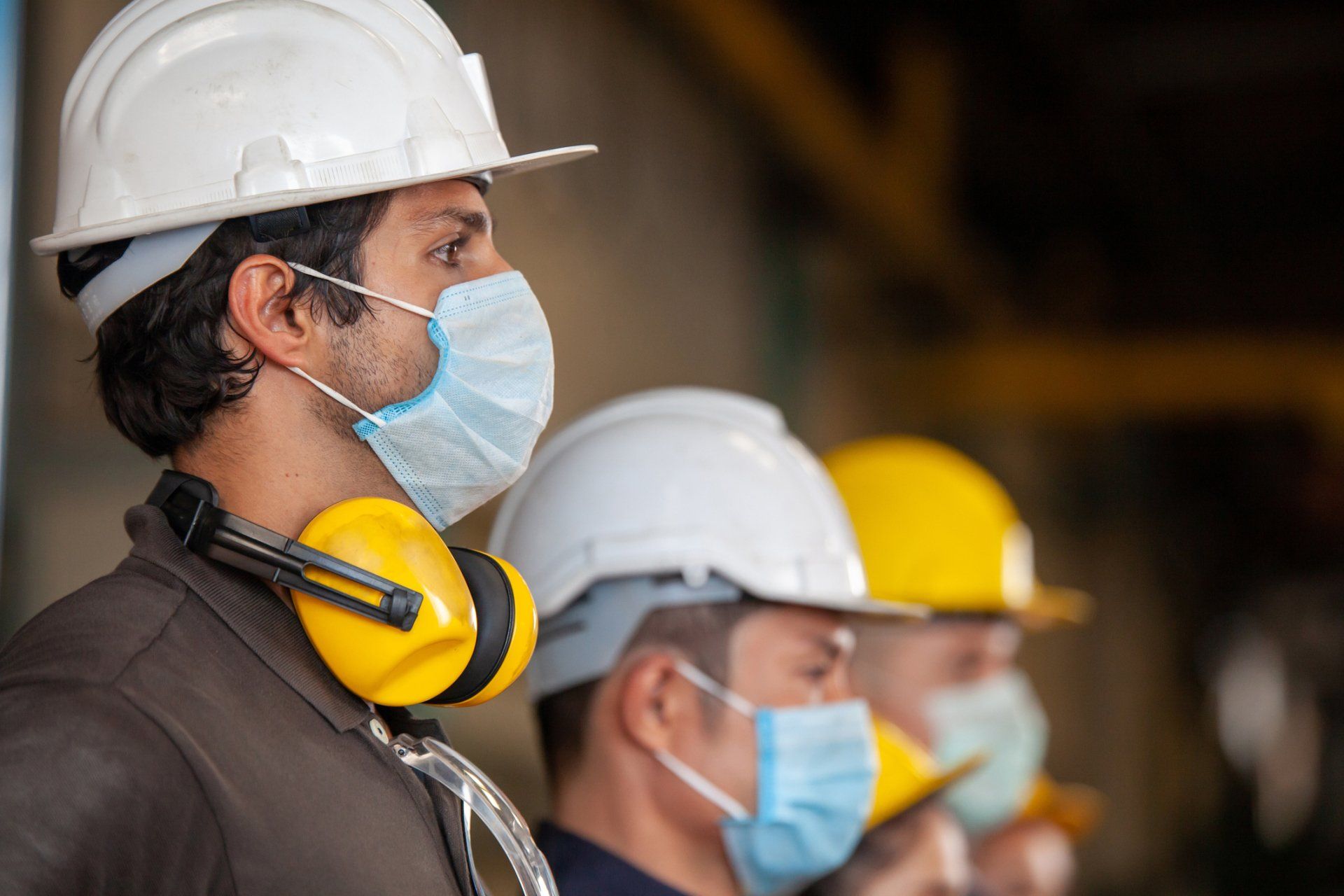SAFETY SERVICES
Safety Compliance Professionals located in Little Rock, Arkansas and Fort Mill, South Carolina
SEA Inc. | Safety Compliance Company in Arkansas, South Carolina & North Carolina
SEA Inc. has a team of safety professionals that are dedicated to ensuring compliance for customers in general industry, construction, and government agencies. SEA Inc. uses a series of systematic, integrated risk-based and behavior-based programs that ensure that the regulatory requirements are effectively managed on a day-to-day basis. These management systems ensure compliance, conformance, and accurate, complete, on-time management of change, thus reducing potential liability, risk, and possible fines and civil penalties. Our offices are located in Little Rock, Arkansas and Fort Mill, South Carolina.
Our Safety Services Include:
- ISO 45001 Management System Development and Auditing
- Custom, Sustainable Safety Programs
- Citation and Claim Defense
- Training Management, Presentation Development
- Ergonomics Programs
- Incident Investigation
- Process Safety Management
- Mock OSHA Inspection
- Industry-Specific Auditing Services
- Onsite Safety Staffing - Safety On-Site Program
SAFETY COMPLIANCE SERVICES FOR BUSINESSES IN ARKANSAS, SOUTH CAROLINA, NORTH CAROLINA & SURROUNDING AREAS
SEA Inc. is a renowned company that provides safety compliance services for businesses operating in various industries. The company has a team of highly trained and experienced safety compliance professionals who specialize in developing and implementing safety policies, procedures, and training programs to help businesses comply with safety regulations and ensure a safe working environment for their employees. SEA Inc. provides a range of safety compliance services, including safety audits, hazard assessments, safety training, and emergency preparedness planning. Their services are tailored to meet the unique needs of each client, and they work closely with businesses to ensure that they are fully compliant with safety regulations and standards. With SEA Inc's safety compliance services, businesses can improve their safety performance, reduce the risk of accidents and injuries, and protect their employees and assets.
Contact Us
And we’ll get right back to you.
Sign up to our newsletter






